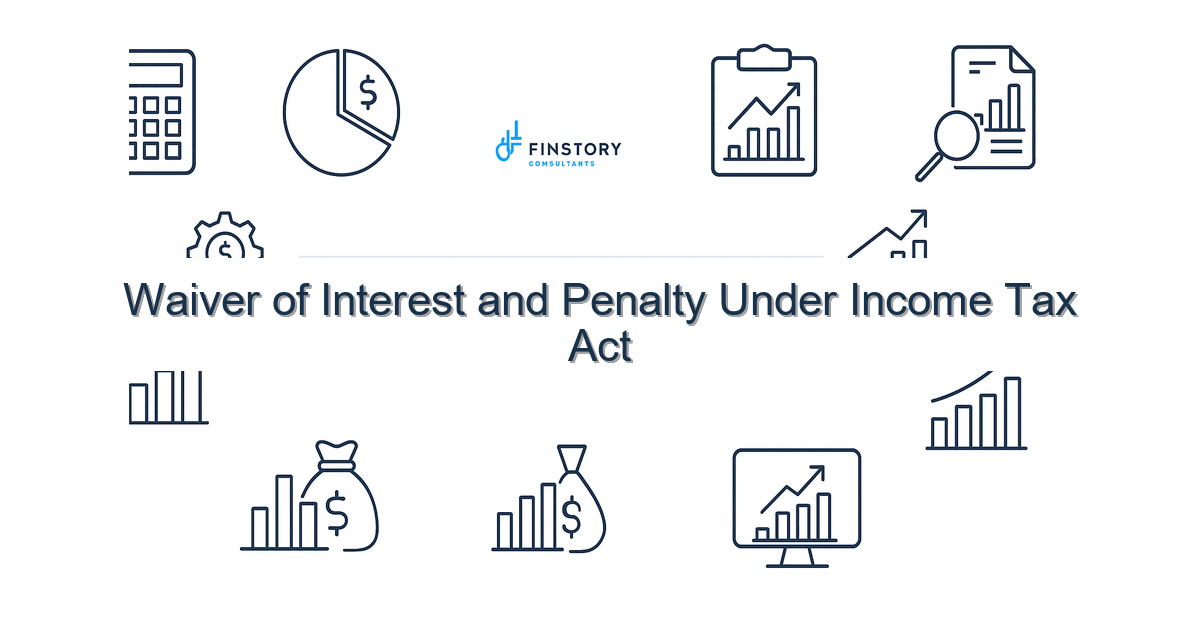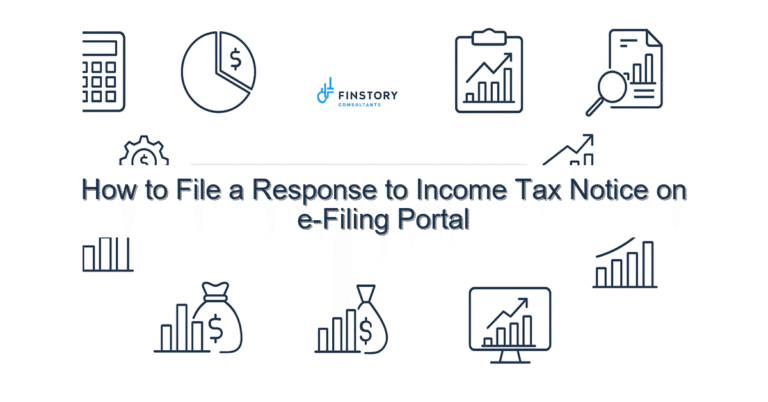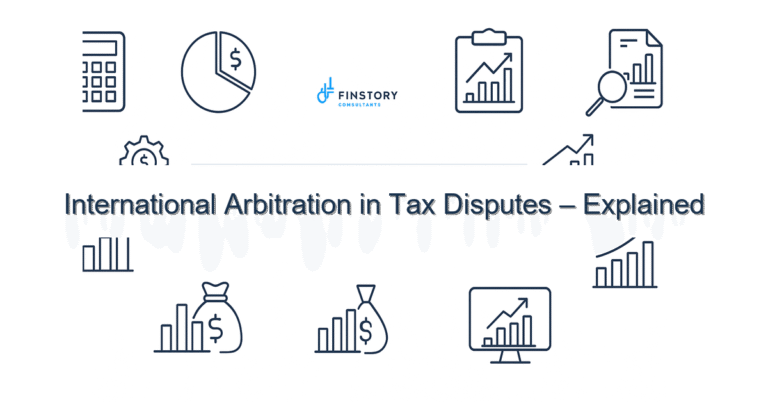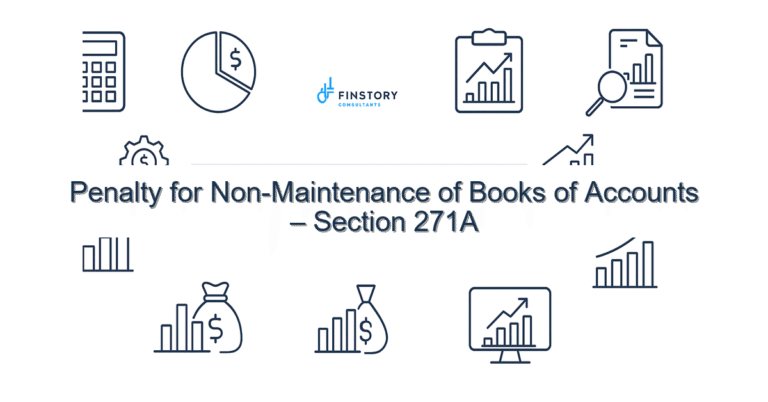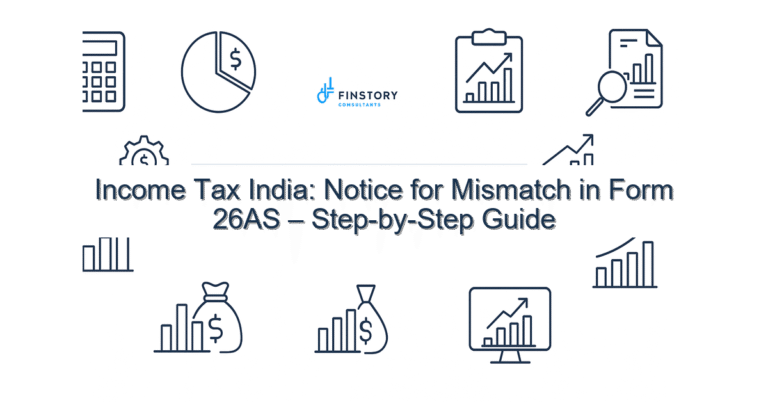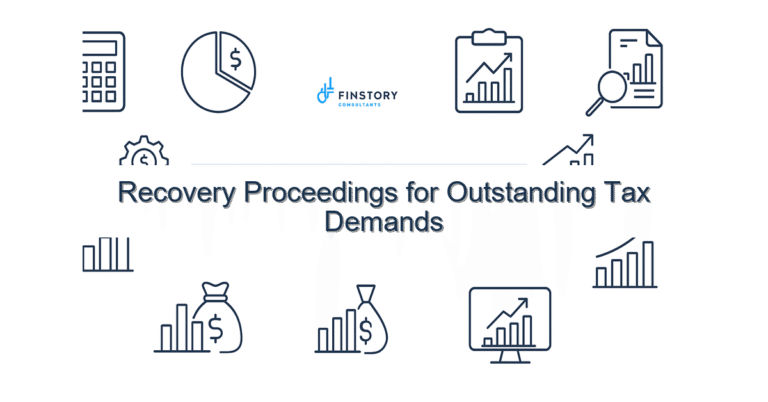Waiver of Interest and Penalty Under Income Tax Act
Missing a tax deadline or receiving a notice can feel personal — and stressful. You’re not alone: many salaried employees, founders and MSMEs face interest and penalties even when the mistake was honest or administrative. There are ways to seek relief, but the process is procedural and time-sensitive.
Summary: If you’ve been charged interest or penalty under the Income Tax Act, a waiver may be possible when you demonstrate reasonable cause, reconcile TDS/TCS records (AIS/26AS), and follow CBDT timelines and forms for seeking relief — acting quickly improves your chances.
What’s the real problem in India?
The rules around waiver requests are technical and intertwined with assessment years (AY), previous years (PY), CBDT timelines, and e-filing procedures. Taxpayers often get surprised by interest accruing under provisions for late payment (e.g., late tax, TDS shortfall) and face penalties for non-compliance even when the root cause was an innocent error or mismatch in TDS/TCS entries.
- Notice for interest/penalty after the ITR filing last date or after a belated ITR — panic and confusion.
- Mismatch between Form 26AS / AIS and actual receipts causing demand notices.
- Unfamiliarity with CBDT timelines and the forms or letters required to request relief.
- Fear of adverse consequences for future assessments or notices.
What people get wrong
Several common myths make taxpayers delay action or take the wrong approach.
- “Penalty can’t be waived.” In reality, waiver is possible in many cases where reasonable cause is shown or when statutory power allows condonation of delay.
- “Paying the principal tax solves it.” Interest often continues until arrears are cleared or formally waived; ignoring TDS/TCS mismatches on AIS/26AS prolongs disputes.
- “Only big companies get relief.” Small taxpayers and individuals regularly obtain concessions with proper documentation and representation.
- “One-time emails are enough.” Formal applications and following CBDT timelines are usually required; casual correspondence rarely suffices.
A better approach
Think of waiver requests as a structured application rather than a plea. A clear, documented case improves outcomes.
- Assess: Check your AIS/26AS, bank statements and payroll to confirm the exact tax shortfall, interest and penalty amounts.
- Document: Collect supporting evidence — proof of payment, communication showing delays were administrative, or medical/legal events as reasonable cause.
- Apply: File the formal application or representation within the CBDT timelines, referencing the assessment year (AY) and previous year (PY) concerned and attach reconciliations; follow prescribed forms or formats on the e-filing portal.
- Negotiate: Engage a tax advisor to correspond with the tax officer — they can highlight legal provisions, relevant case law, and propose a settlement or waiver basis.
- Follow-up: Track responses, provide additional information quickly, and ensure any approved waiver is reflected in the demand register and on AIS/26AS.
Real-world example: A small IT services founder missed the ITR filing last date by one month due to illness. After reconciling TDS/TCS entries and submitting medical proof plus a reconciliation showing tax shortfall was minimal, a significant portion of penalty was waived and interest was reduced — saving tens of thousands of rupees.
Quick implementation checklist
- Download your AIS/26AS and cross-check every TDS/TCS entry for the relevant AY/PY.
- Prepare a short reconciliation statement: taxable income, taxes paid, shortfall, and dates.
- Gather supporting documents: bank receipts, payroll slips, proof of tax payments, medical/legal documents if applicable.
- Draft a concise waiver application stating the facts, reason for delay (reasonable cause), and relief sought.
- File the application through the e-filing portal or as per CBDT guidelines; note submission reference numbers.
- Respond promptly to any notices or queries from the AO; keep written records of all communications.
- If you receive an adverse order, consider filing a review or appeal within prescribed timelines with professional help.
- Regularly monitor AIS/26AS for updates after any relief is granted.
What success looks like
Measurable improvements after a properly handled waiver request include:
- Reduction or complete waiver of penalty amount (expressed as % saved).
- Lower interest liability or interest frozen from a specific date.
- Fewer or shorter tax notices and faster closure of the assessment.
- Clear reconciliation in AIS/26AS so future TDS/TCS issues don’t reappear.
- Improved cash flow for MSMEs and founders due to reduced lump-sum outflow.
Risks & how to manage them
There are risks if you take a haphazard approach:
- Risk: Application rejected for insufficient evidence — Manage by providing clear, contemporaneous documents and a factual timeline.
- Risk: Delay in response — Manage by filing within CBDT timelines and persistently following up; note reference numbers.
- Risk: Incorrect reconciliation increases scrutiny — Manage by using a qualified tax advisor to reconcile TDS/TCS and capital gains indexation where applicable.
Tools & data
Use the right tools to build a watertight case:
- AIS/26AS from the TRACES/e-filing portal — primary source for TDS/TCS records.
- Income tax e-filing portal for uploading forms, checking notices, and tracking responses.
- TDS/TCS tracking tools and accounting software to reconcile receipts and tax credits.
- Records of ITR returns (original and belated), bank statements, and proof of tax payments.
- For capital transactions, documentation for capital gains indexation calculations and supporting computations.
For guidance on filing returns or tax planning basics, see our resources: [link:ITR guide] and [link:tax-saving tips].
FAQs
Q: Can interest or penalty always be waived if I show a reasonable cause?
A: Not always, but a well-documented case showing genuine reasons (medical emergency, systems failure, employer TDS mismatch) often leads to partial or full relief. Each case is assessed on facts and CBDT timelines.
Q: Will applying for a waiver affect my future assessments?
A: A legitimate waiver request, supported by documents, generally does not increase future risk. However, frequent errors without corrective steps can attract closer scrutiny.
Q: How does this interact with ITR filing last date or belated returns?
A: Filing late can attract interest under sections that calculate interest from the due date. While waivers can be sought, timely filing (new vs old regime slabs choice done correctly) avoids the problem. If you missed the ITR filing last date, reconcile taxes and apply for relief promptly.
Q: Do TDS/TCS mismatches on AIS/26AS cause penalties?
A: Mismatches often trigger notices and can lead to demand including interest. Reconcile TDS/TCS entries quickly and provide documentary proof to avoid or reduce penalties.
Next steps
If you have a notice or an outstanding demand, start by pulling your AIS/26AS and preparing a short reconciliation. Don’t wait: timelines matter. If the situation is complex — for example, involves multiple assessment years, or capital gains indexation issues — professional help speeds resolution and reduces cost.
Work with Finstory. Speak with an Expert for a personalised plan to reduce your tax outgo and stay compliant. Book a free 20-min consultation.
📞 Need help with Income Tax in India?
Book a 20-min consultation with our tax team. Individuals, founders & MSMEs welcome.
Prefer email or phone? Write to info@finstory.net
or call +91 44-45811170.
